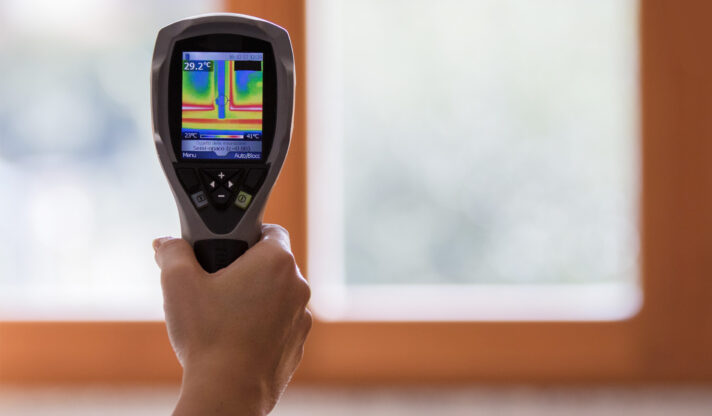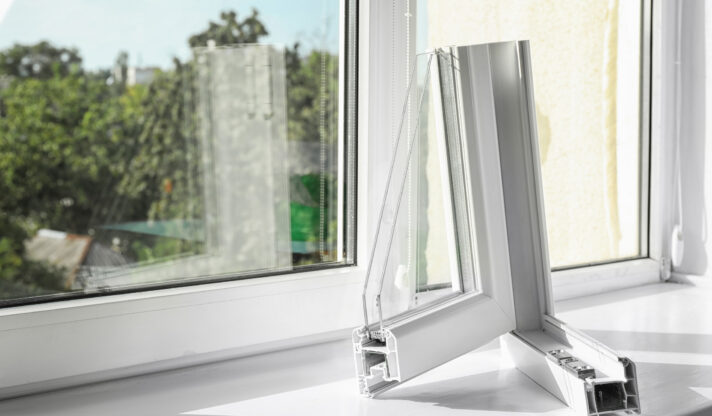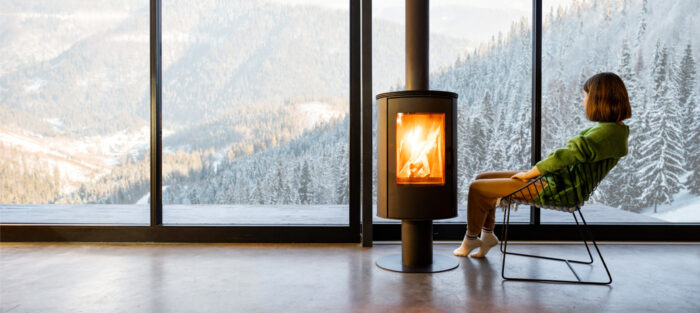Heat is an essential comfort in your home that is greatly influenced by the right choice of glass. The benefits of glass that preserves heat are threefold.
Lower energy costs: Insulating glazing, ensures heat is retained in your home, reducing your energy consumption.
Environmentally friendly: Lower energy consumption also means less burden on the climate and reduction of CO2 emissions.
Comfortable indoor climate: With glass that keeps heat in, you'll never experience that unpleasant cold feeling when sitting next to the window.
At Sprimoglass, we pride ourselves on being pioneers in heat-insulating glass. We were the first to adopt the UG value of 1.0 as a standard, making Belgium a leader in insulating glass today.
How does (triple) double glazing work?
Double and triple glazing both provide more cosiness inside due to their insulating properties. They are designed to provide better thermal insulation compared to single glazing. We briefly explain exactly how this type of glazing works.
Double glazing consists of two glass panels connected by an airtight space, also called the cavity. The cavity is filled with dry air or an insulating gas, such as argon or krypton. This cavity acts as the insulating layer, reducing heat transfer between the inside and outside of the glass. This results in better thermal insulation and less heat loss. Double glazing is the standard in Belgium.
Triple glazing follows the same principle as double glazing, but instead of two glass panels, it consists of three glass panels with two cavities between them. The extra layer of glass and cavity provide additional thermal insulation, giving triple glazing an even higher insulation value than double glazing.
Both double and triple glazing reduce heat transfer by reducing convection (air circulation) and conduction (direct transfer between materials). The insulating air space or gas filling in the cavity acts as a barrier to heat, making the glass more efficient in insulating and improving home comfort.

How do I choose the best glass to retain my heat?
While it can be tempting to invest in the very best glass, it is important to weigh up the costs and benefits carefully. Sometimes it may make more sense to opt for other insulation measures before investing in the most expensive glass. It is important to aim for a good balance between the insulation of the house as a whole and the glass you choose. That way, you will achieve the best results for energy efficiency and comfort. As a rule of thumb, the right double glazing can cover most needs, and triple glazing is only necessary in passive houses.


How do you measure heat insulation?
The Ug value is a measure of thermal insulation used with glass. It stands for the heat transfer coefficient and indicates how well a glass product can retain heat. The lower the Ug-value, the better the insulation performance of the glass.
The Ug-value is expressed in W/(m²-K), which indicates how much heat passes through the glass per second, per square metre and per degree of temperature difference. In other words, it indicates how much heat is lost through the glass. A lower Ug-value means that there is less heat loss and therefore the glass insulates better.

Pay attention to the different elements of your window.
At Sprimoglass, we aim for high-quality insulating glass products with a low Ug value, as low as 0.5, to ensure optimal energy efficiency and thermal comfort. Choosing glass with a low Ug-value can help reduce energy costs.
There are special "Warm Edge" spacers in insulating material that we can apply between the panes. Also be sure to ask your joiner about the properties of the profiles of your windows. These both reduce heat loss and remedy the feeling of cold. So be sure to take that into account when you're making your budgets.


